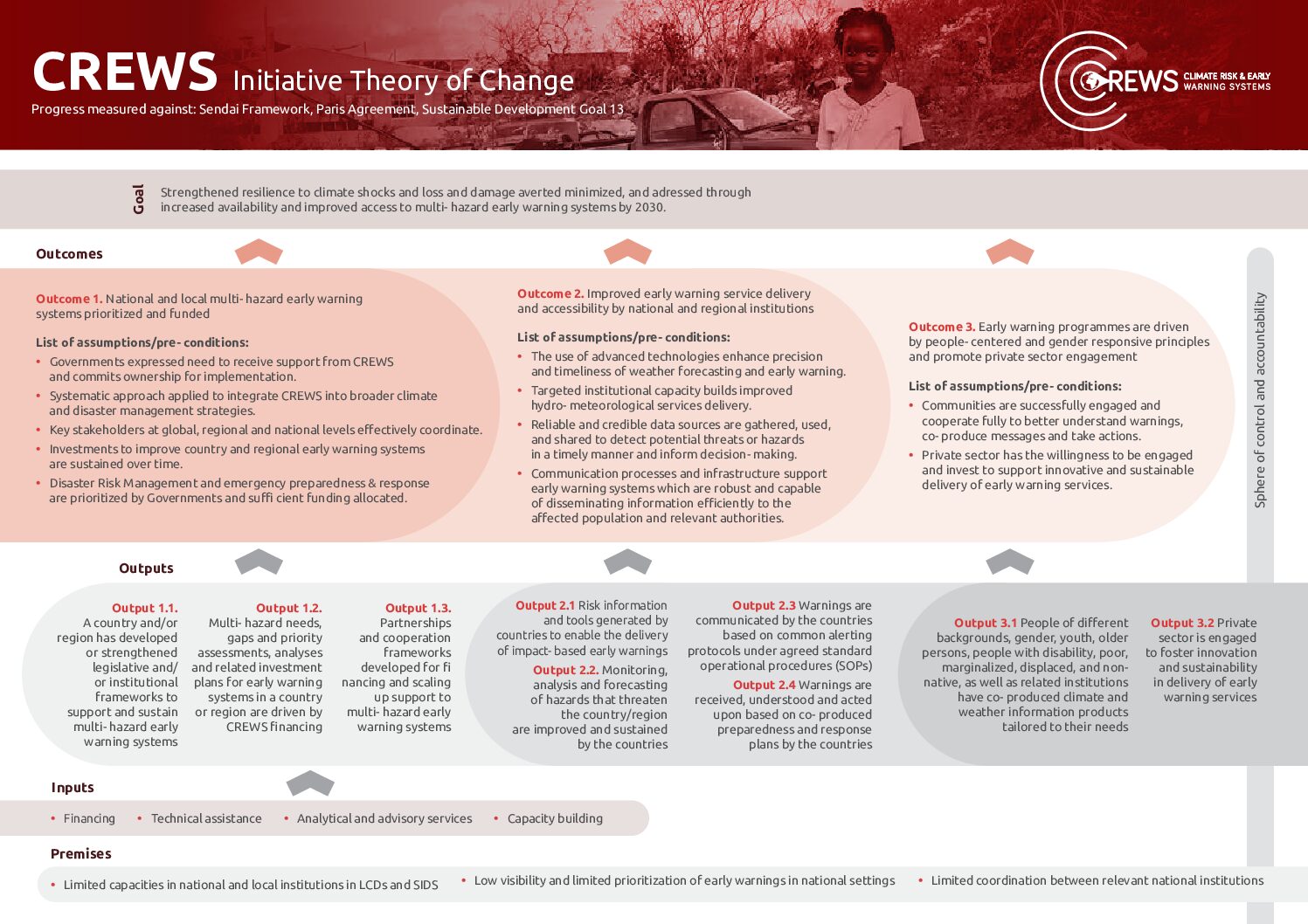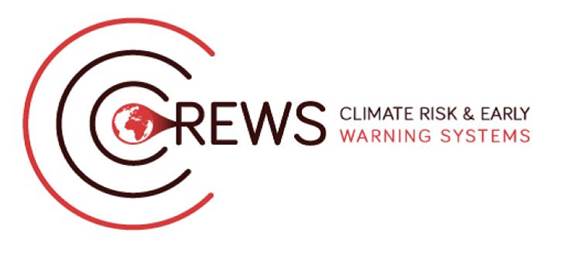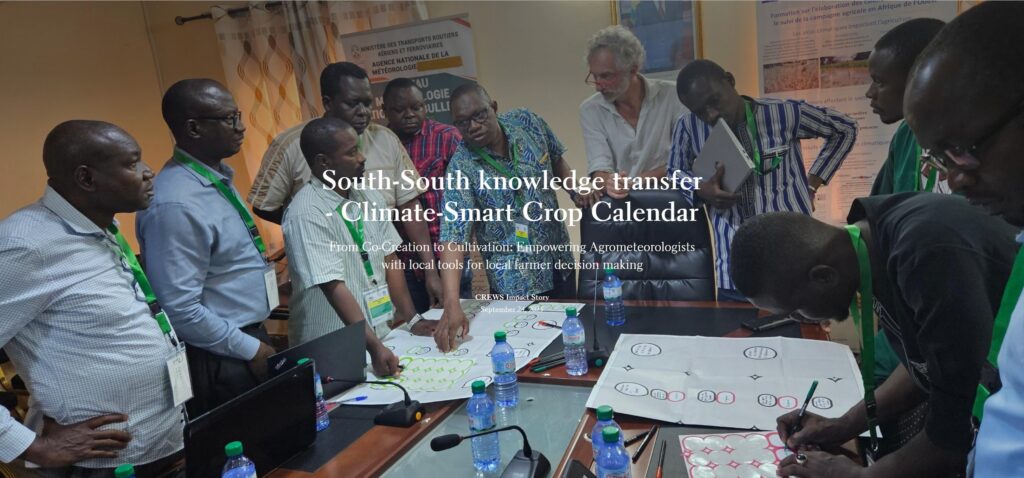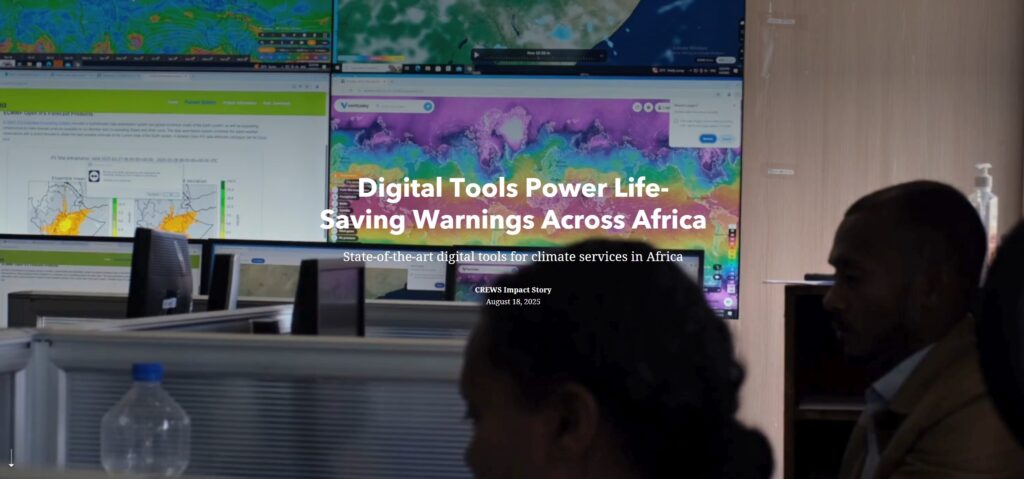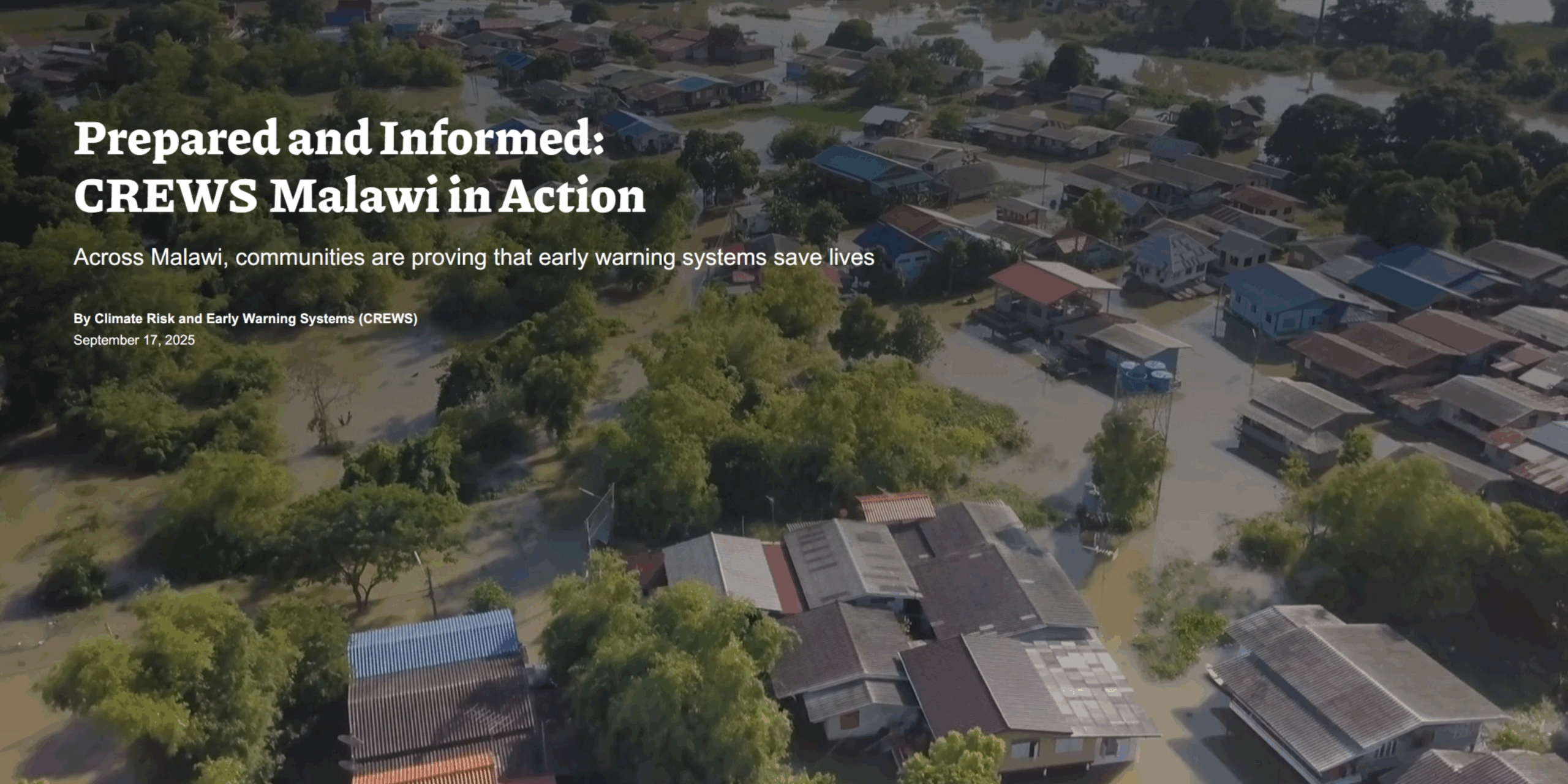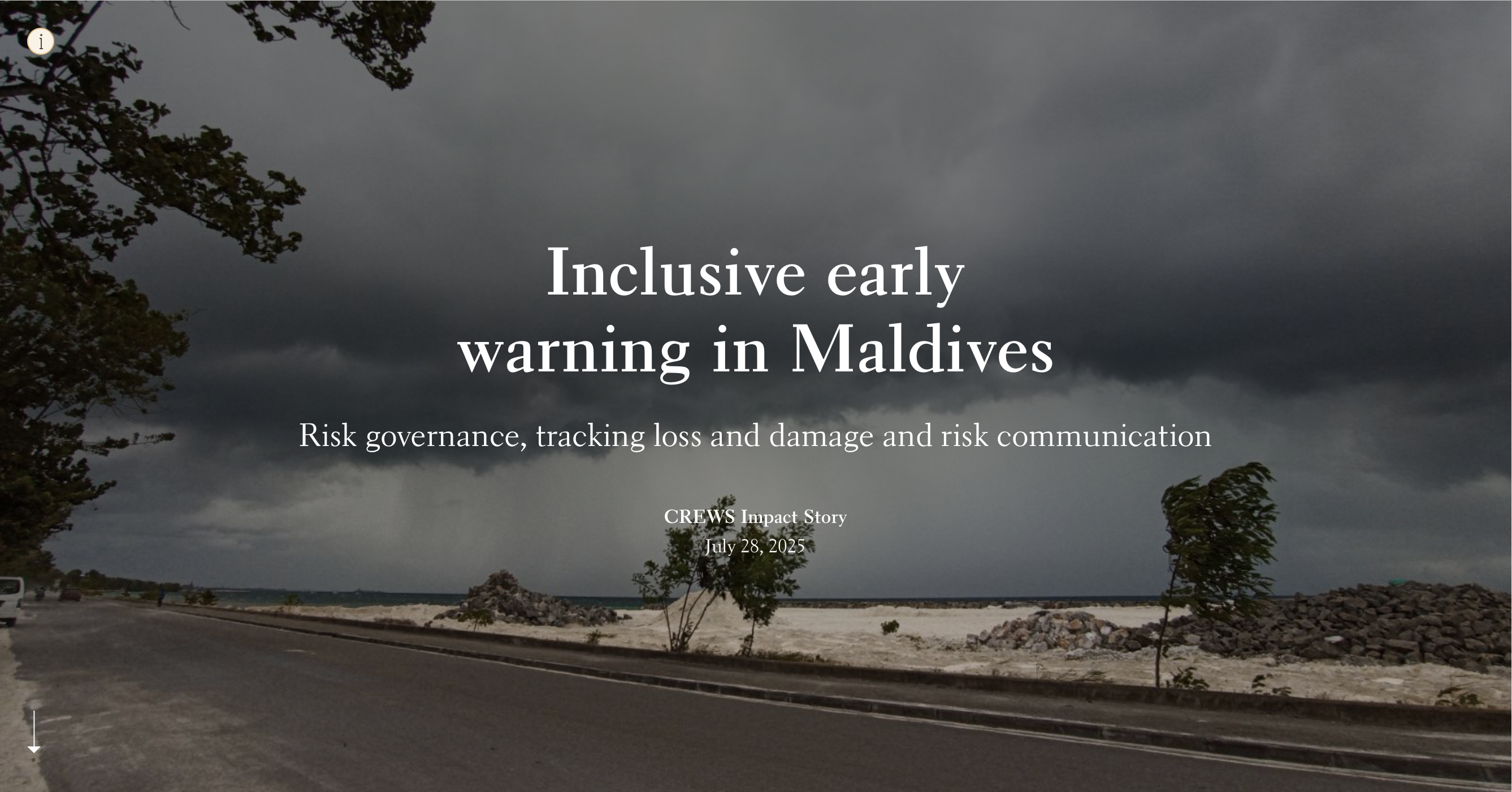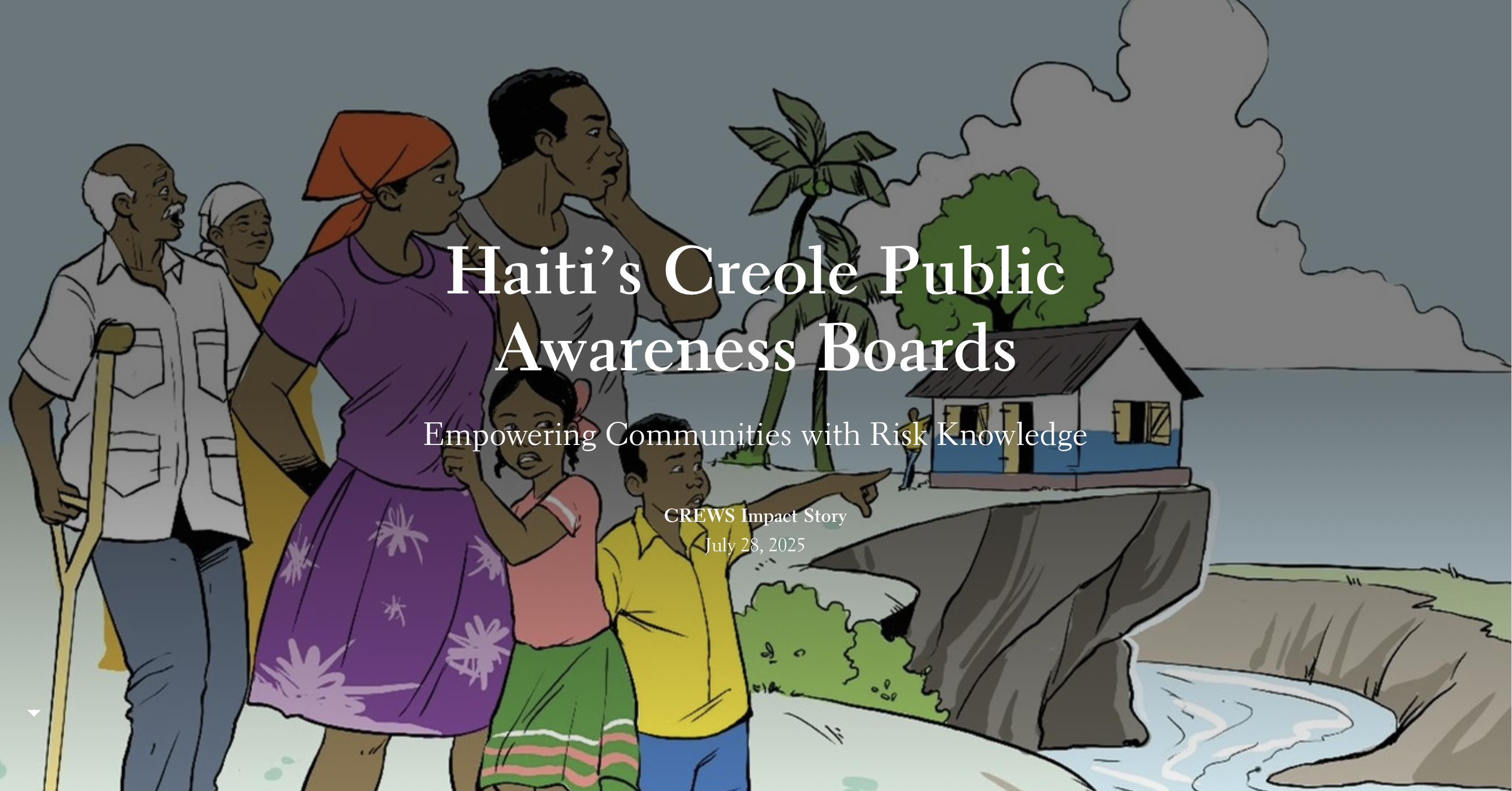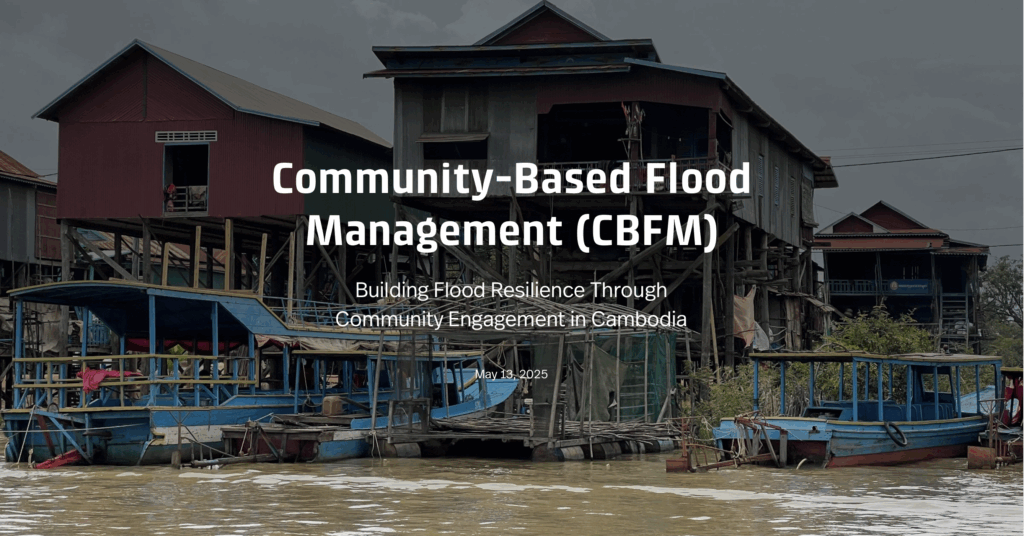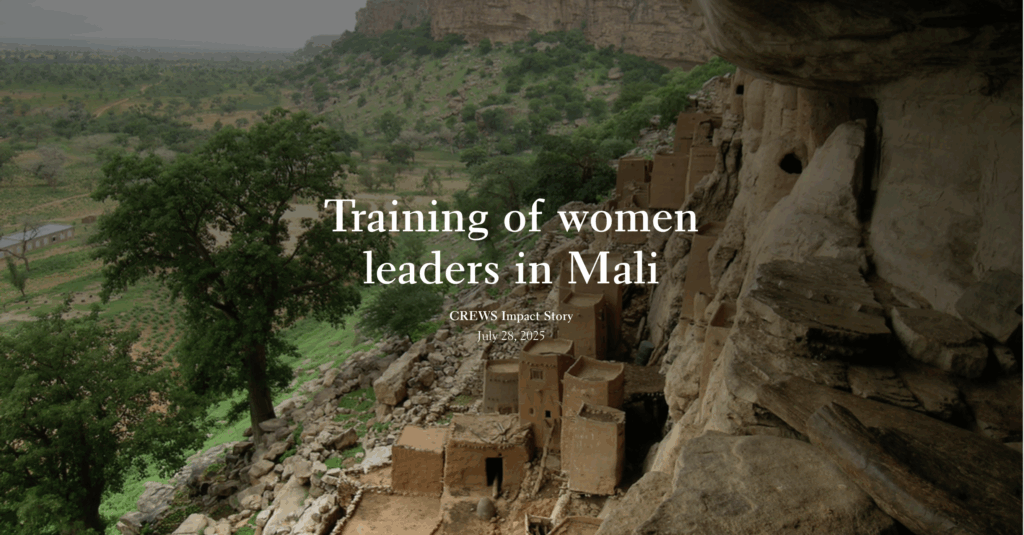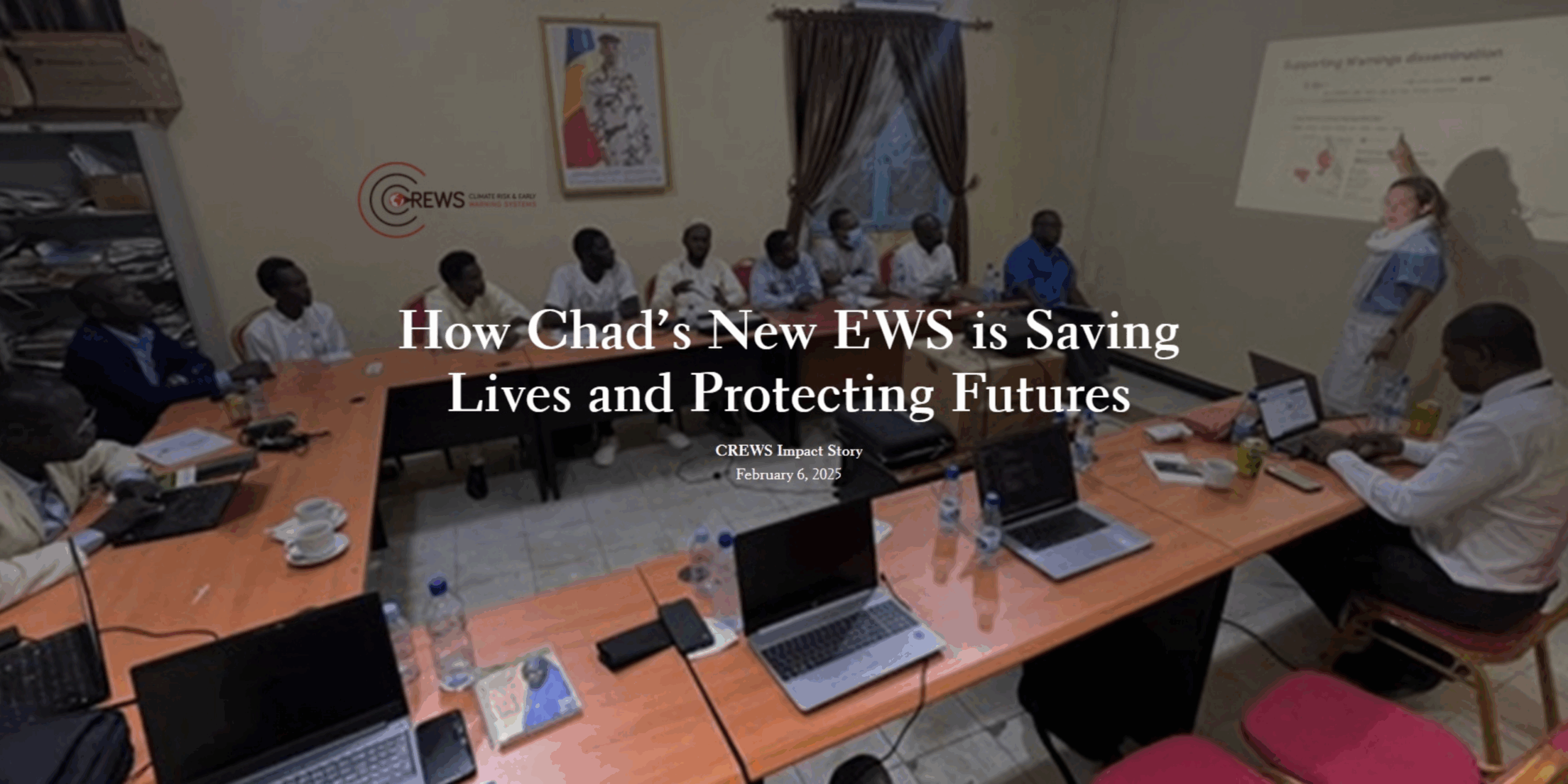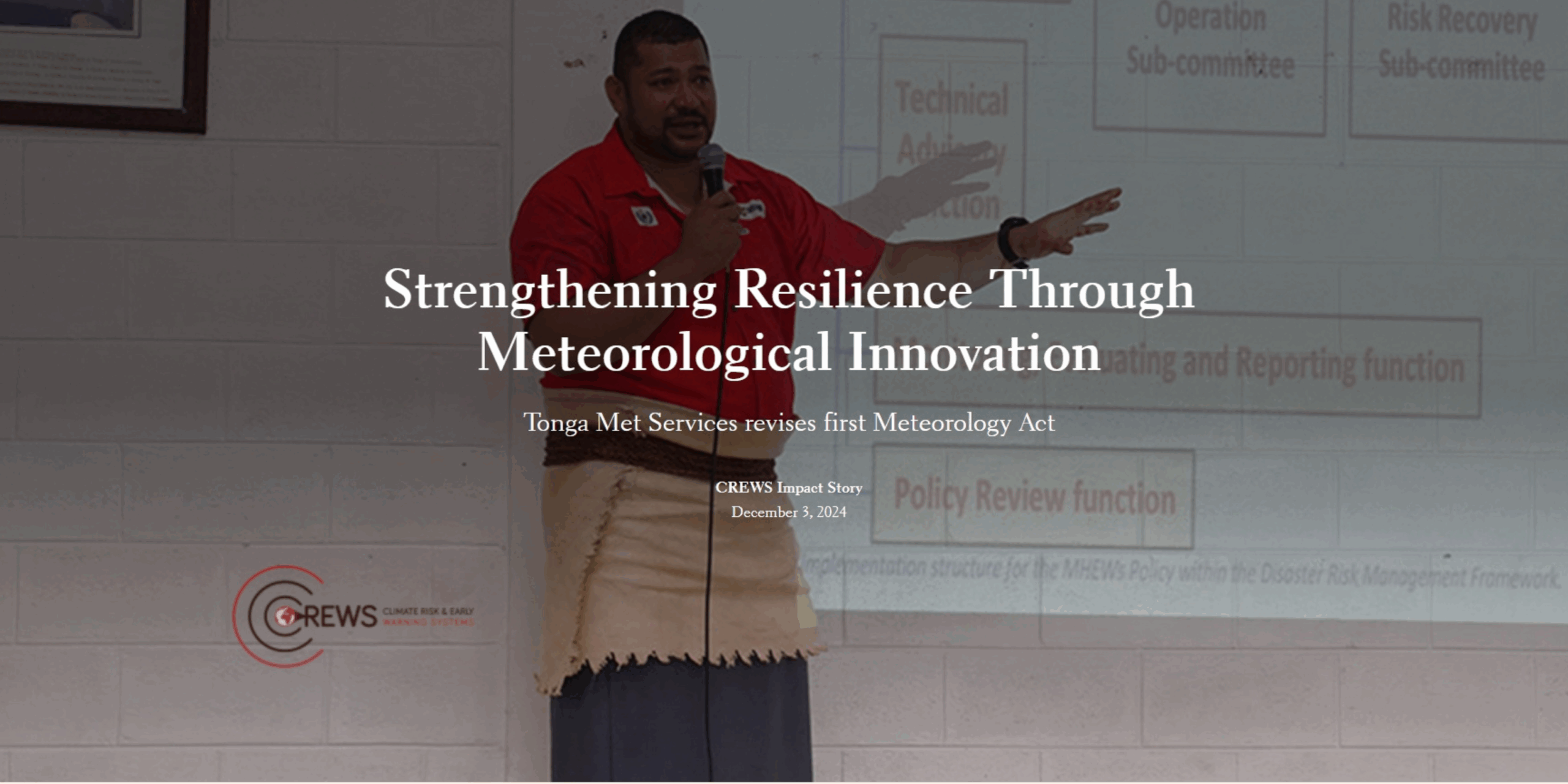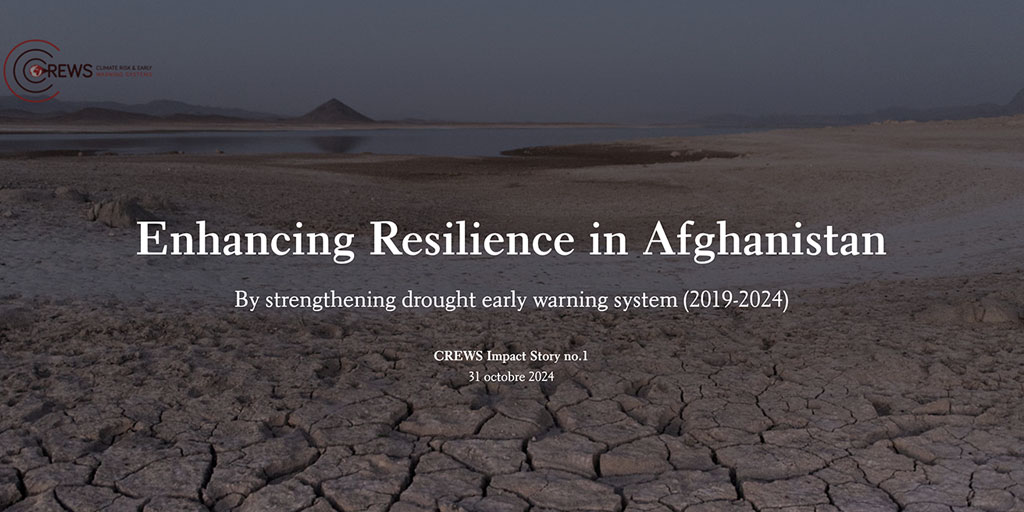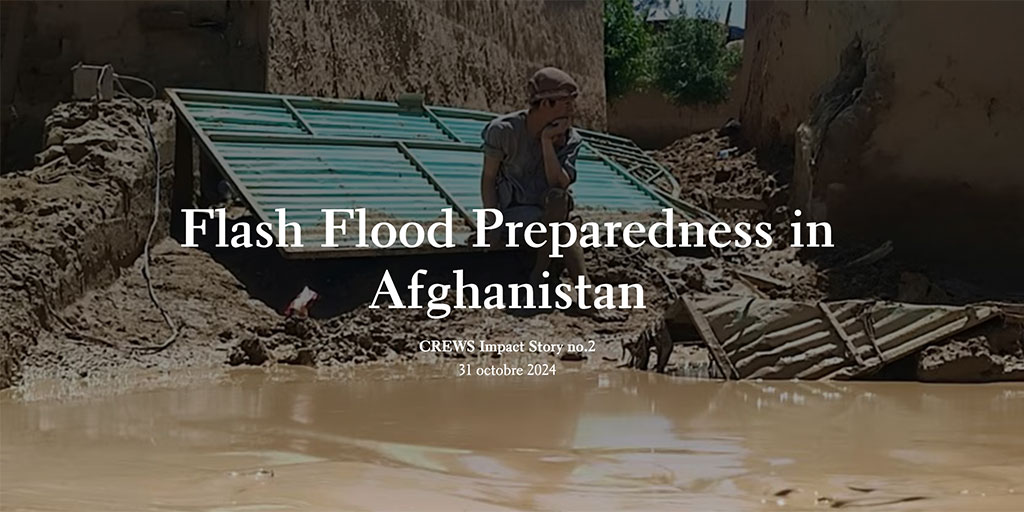Goal
Strengthened resilience to climate shocks and loss and damage averted minimized, and adressed through increased availability and improved access to multi- hazard early warning systems by 2030.
Three Outcomes
- National and local multi- hazard early warning systems prioritized and funded.
- Improved early waning service delivery and accessibility by national and regional institutions.
- Early warning programmes are driven by people- centered and gender responsive principles and promote private sector engagement.
Are we making a difference?
To gauge if we are on track, we monitor progress on national and regional programme outputs:
- Improved national hydrometeorological services, including through long-term delivery strategies and development plans
- Developed and accessible risk information to guide early warning systems and climate and weather services
- Strengthened common alerting protocols and information and communication technology
- Strengthened and accessible preparedness and response plans with operational procedures outlining early warning dissemination processes
- Developed early warning knowledge products and awareness programmes
- Provision of gender-sensitive training and capacity building programmes
- Increased institutional and human capacity at regional WMO and intergovernmental organizations to provide climate and weather services to LDCs and SIDS
- Increased and better coordinated early warning investments to tackle gaps
We measure our impact against targets set in 3 global agreements
Core CREWS Indicators
We use metrics and indicators to evaluate effectiveness.
| Goal: Strengthened resilience to climate shocks and loss and damage averted and minimized through increased availability and improved access to multi-hazard early warning systems by 2030. | # of people living in LDCs and SIDS with access to/and receiving forecasts and early warning services developed or improved with CREWS support |
| # of deaths and missing persons in LDCs and SIDS attributed to hydrometeorological events, per 100’000 population | |
| # of people in LDCs and SIDS whose livelihoods were disrupted or destroyed, attributed to disasters | |
| Outcome 1.National and local multi-hazard early warning systems prioritized and funded | # of LDCs and SIDS with national investment plans and budgets prioritizing multi-hazard early warning programmes |
| # of national plans, strategies and legislations on early warnings approved and implemented | |
| # of multi-hazard assessments, analyses and other mapping of needs, gaps priorites that inform investment requirements on early warning | |
| Outcome 2. Improved early waning service delivery and accessibility by national and regional institutions | EW Maturity Index |
| # of hazards which pose a risk of life and economic loss for which forecasting and warning services are in place in LDCs and SIDS through CREWS support | |
| Outcome 3. Early warning programmes are driven by people-centered and gender-responsive principles and promote private sector engagement | # of climate and weather information products co-designed to users’ needs by group representing vulnerable segments of exposed populations |
Theory of Change
